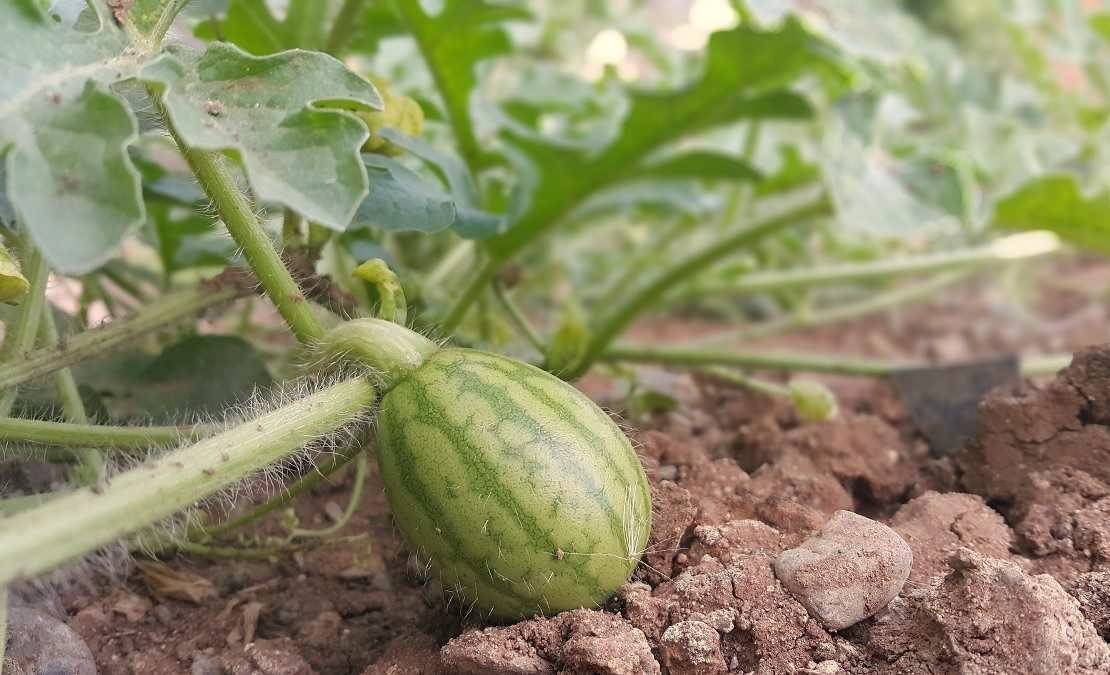
The Agriculture Ministry's data reveals that while the sowing area for pulses and coarse cereals has increased, the acreage for rice and oilseeds has declined. The area dedicated to pulses has risen from 19.09 lakh hectares to 19.81 lakh hectares, while the area for coarse cereals has seen a growth from 11.56 lakh hectares to 12.01 lakh hectares.
In contrast, the area for rice cultivation has decreased from 30.33 lakh hectares to 28.30 lakh hectares, and the area for oilseeds has reduced from 11.02 lakh hectares to 10.17 lakh hectares.
Some of the major summer crops cultivated in India include green gram, jowar, bajra, ragi, maize, groundnut, sunflower, and sesamum. India follows a three-cropping-season pattern consisting of summer, kharif, and rabi.
Rabi crops are sown during October and November, with the produce being harvested from January to March, depending on maturity. Kharif crops, on the other hand, are sown during June and July and harvested between October and November. Summer crops are produced between the rabi and kharif seasons.
In other agricultural news, the Ministry of Agriculture released the third advance estimates for major crop production in the agricultural year 2022-23. The data reveals that the total foodgrain production in the country is estimated to reach a record-breaking 330.5 million tonnes. This figure represents an increase of approximately 15 million tonnes compared to the previous year, 2021-22.
The government aims to enhance crop production by implementing various strategies. These include promoting inter-cropping, diversifying crop cultivation, adopting higher-yield seeds, and implementing suitable agronomic practices in low-yielding regions.
By implementing these measures, the Indian government hopes to boost agricultural productivity, ensuring food security and supporting the overall growth of the farming sector in the country.
















